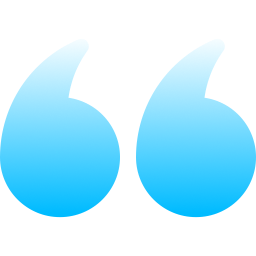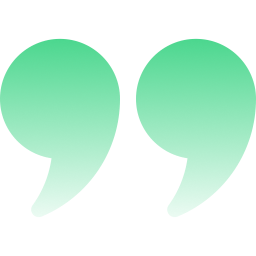Beyond Theory: The Power of Virtual Reality in Healthcare Practice
Beyond Theory: The Power of Virtual Reality in Healthcare Practice
By providing high-quality, standardized training experiences accessible worldwide, VR can help educate healthcare professionals in areas with limited resources.
Transforming Healthcare Education with VR: Moving Beyond Traditional Learning
Healthcare education is a demanding field, requiring students to absorb vast amounts of theoretical knowledge and translate it into practical skills. Imagine listening to five different people each day on five topics, with the theme changing and intensity increasing each year for five years. Now, consider the challenge of applying that information after those five years. This illustrates the nature of healthcare education, where knowledge can mean the difference between saving or losing a life.
As healthcare demands grow, so does the need for hands-on learning that goes beyond textbooks and classrooms. According to a report from the National Institutes of Health, healthcare educators are incorporating advanced learning theories such as experiential learning into their curricula.
Simulation training is now mandated by most governments worldwide, recognizing the ethical concerns of practicing on patients. Traditional methods include using actors, manikins, and cadavers. While these methods are not obsolete, they often lack the level of immersion and scalability required.
This is where VR helps. VR offers immersive, hands-on experiences that allow students to apply what they learn in real-time simulated environments. It provides the space for students to make mistakes, learn from them, and perfect their skills before encountering real-life scenarios.
Enhancing Nursing Skills: How VR Bridges Classroom Learning and Practical Care
Nursing education often involves a large amount of theoretical knowledge, which can be challenging to translate into practice. VR simulations enhance nursing skills by providing realistic scenarios to practice patient care, decision-making, and procedural skills. These simulations allow nursing students to experience a wide range of patient interactions and medical conditions that they might not encounter during their limited clinical rotations.
Many nursing schools have successfully integrated VR into their curricula. For example, some institutions use VR to simulate emergency room scenarios, allowing students to practice triaging patients and making quick decisions under pressure. Others use it for skills training, such as inserting IVs or performing physical assessments, providing students with unlimited opportunities to practice and perfect these techniques.

VR offers immersive, hands-on experiences that allow students to apply what they learn in real-time simulated environments

VR in Medical Training: Bringing Clinical Competency to Life
Medical students and trainees benefit immensely from VR by simulating clinical settings where they can practice diagnosing, treating, and interacting with patients. This technology plays a crucial role in procedural training, improving clinical reasoning, and increasing confidence before entering real clinical environments.
For instance, VR simulations can allow medical students to perform virtual procedures, practice rare and complex skills, or experience patient consultations in various specialties. This exposure helps students develop critical thinking skills and learn to apply their theoretical knowledge in practical situations.
Real-world case studies have shown the effectiveness of VR in medical training. Some medical schools report that students who use VR simulations show improved performance in clinical settings and score higher on practical exams compared to those who rely solely on traditional learning methods.
Future-Proofing Healthcare: A New Standard for Experiential Learning
As we look to the future, VR is poised to play an increasingly important role in addressing global healthcare workforce shortages. By providing high-quality, standardized training experiences that can be accessed anywhere in the world, VR can help educate and prepare healthcare professionals in areas with limited resources or access to advanced medical facilities.
According to the World Health Organization's 2022 report, the global health workforce was estimated at 65 million as of 2020, with a projected shortage of 10 million by 2030. However, regional disparities persist, with Africa and the Eastern Mediterranean and Middle East facing increasing workforce shortages.
VR technology offers a powerful tool to address these challenges. By providing high-quality, standardized training experiences accessible worldwide, VR can help educate healthcare professionals in areas with limited resources. This aligns with the Global Strategy on Human Resources for Health, emphasizing evidence-based policies and building institutional capacity.
As VR technology evolves, it will likely become integral to ongoing training for healthcare professionals, particularly in complex and remote settings. By enabling more efficient and effective training, VR could help accelerate the development of skilled healthcare professionals, addressing global workforce shortages and ultimately improving patient care outcomes.

To Stay Updated
Latest Blogs
How to Use MediSim VR's Skill Training in Virtual Environment (STRIV) as a Medical and Nursing Student
By KAVYA • 6-minute read
How to Create the Ultimate Protocol Learning Experience
By KAVYA • 5-minute read
Rethinking OSCE Prep: Why VR Is the Missing Piece
By KAVYA • 4-minute read
